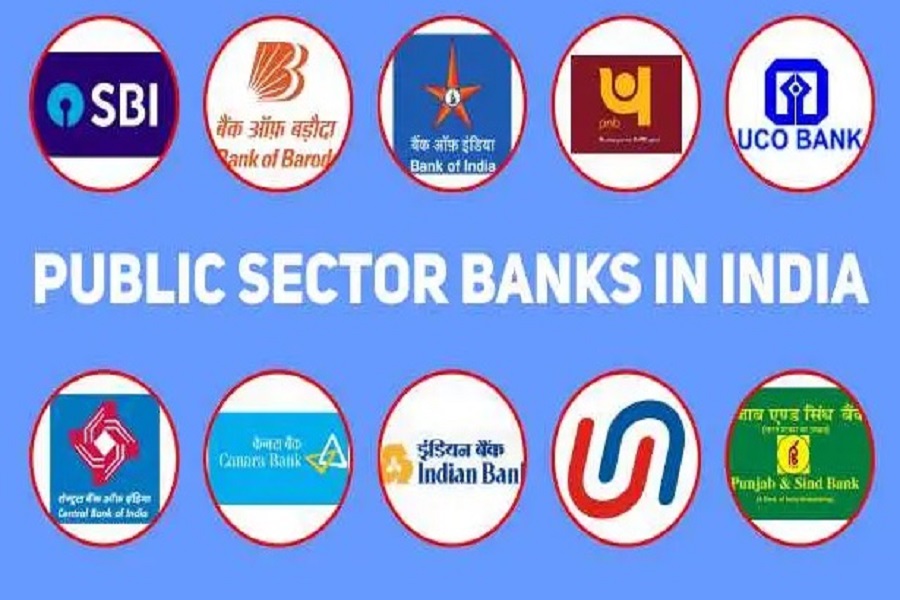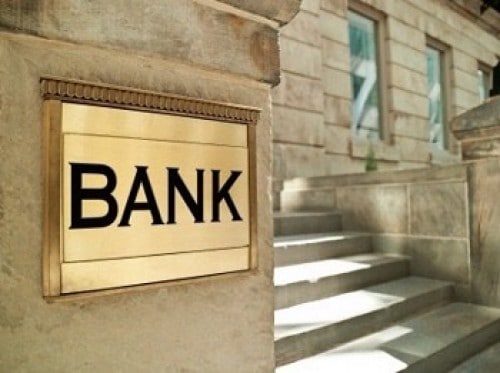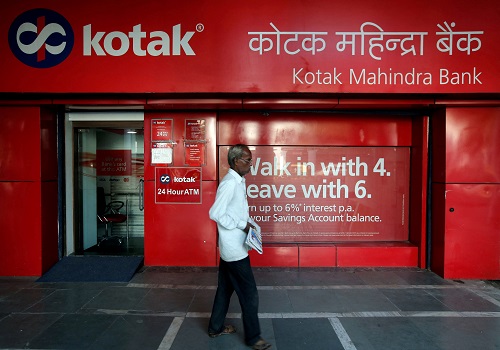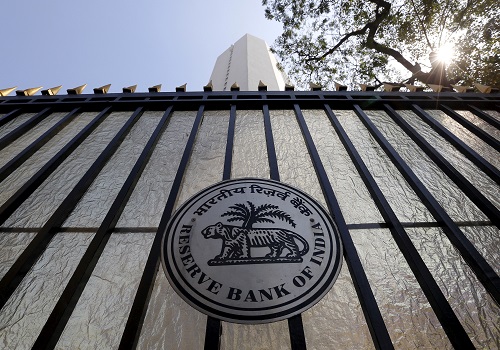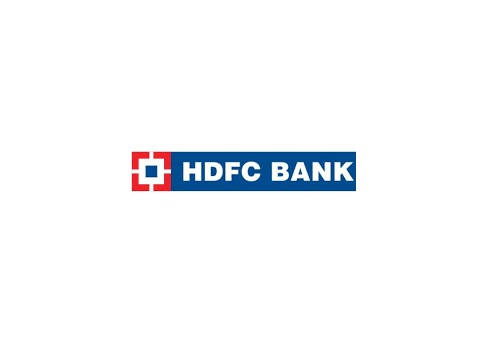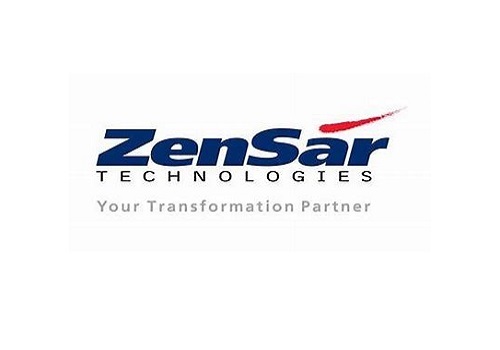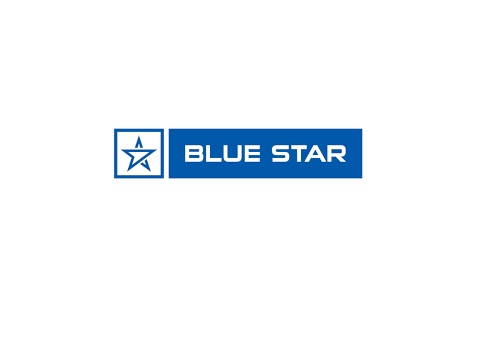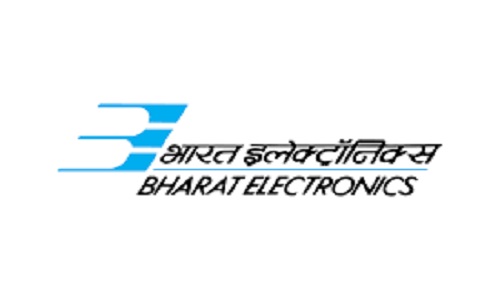Buy HDFC Bank Ltd For Target Rs.2,050 - Emkay Global

Follow us Now on Telegram ! Get daily 10 - 12 important updates on Business, Finance and Investment. Join our Telegram Channel
Mega merger to drive economies of scale, cost/business synergies
HDFCB has announced the long-awaited reverse merger of parent HDFCL. The merger should fulfill the implicit RBI policy of 1) not allowing a bank to be owned by an NBFC/HFC, and 2) having its lending business housed mainly in the bank. It should also generate cost/business synergies in the medium-to-long run. Following are the key takeaways from the call and our view:
Driving economies of scale and making housing business much more competitive: After the merger, HDFCB’s loan book will cross Rs18tn (USD240bn) and it will become the 8 th largest bank globally by market cap (Rs12.3trn/USD164bn). As per management, nearly 70% of HDFCB’s 68mn customers do not have housing loans, and thus the merger will provide an opportunity to cross-sell mortgage loans, while HDFCL’s customers will be offered banking products. HDFCB’s cost advantage will make the housing loan business much more competitive amid the rising dominance of banks in the segment. For HDFCB, a higher share of the mortgage business (33%) could be gross margin dilutive, but risk-adjusted margins will still be healthy and also increase the tenor of the loan book.
Incremental regulatory cost drag on HDFCL to be partly offset by cost synergies in long run: Our analysis suggests that the merger would call for an additional SLR/CRR burden of Rs1,021bn and PSL of Rs1,175bn (assuming CRR/SLR/PSL ratios for merged entity similar to HDFCB), leading to a net cost drag of Rs20bn, a 7bps impact on NIM and EPS dilutive (~3%). To offset the impact, HDFCL’s borrowing (~Rs4.9tn) will have to be replaced with a mix of low-cost SA and TDs gradually. Thus, HDFCB/HDFCL may plan to incrementally load up growth in the bank’s book and build PSL/CRR/SLR over the next two years to reduce the drag before the merger is completed by Q2FY24. HDFCB has already hinted at stepping up PSL-compliant MSME businesses, while HDFCL will step up the affordable housing book
Bank may have to reduce stake in insurance subsidiaries, unless NOFHC structure is created: As per the proposed merger, HDFCL’s non-lending subsidiaries, including insurance and AMC, will be housed in the bank. However, as per the RBI’s policy, the bank has to reduce its stake in the existing insurance company to 30% and is allowed to acquire max 20% in a new insurance business. Thus, the bank will have to sell its stake in the insurance business, including HDFC Life. However, we believe the RBI may soon introduce holding structure norms, allowing non-lending businesses to be housed in the NOFHC. Thus, the bank’s stake in the insurance business needs not be diluted. For HDB Fin, HDFCB plans to seek a special RBI dispensation to keep it outside the bank as a subsidiary.
Merger to improve capital ratios, open up FII limit in HDFCB: The merged capital ratios (CET 1) of the bank will be higher by ~100bps vs. the standalone bank, given higher capital in HDFCL. The regulatory capital requirement in the bank is lower vs. HFC, and thus it would lead to some capital release. With HDFCL extinguishing as a foreign promoter, the FII limit on the new base of share capital (based on share swap ratio of 42 HDFCB shares for 25 HDFCL shares) will increase to ~8% from the current 4%.
Our view: We believe the merger, in addition to driving economies of scale, will address concerns about HDFCL’s growth in the mortgage business amid rising competition from banks with cost advantage. However, the regulatory cost drag would initially be EPS/BV dilutive for the merged bank, unless the HDFCL’s liability book is fully replaced with a low-cost deposit book, which will take time. The current merger structure, including the transfer of non-lending businesses to HDFCB, may not comply with holding structure norms to be proposed by the RBI, and thus could face a regulatory hurdle. We retain our long-term Buy rating on HDFCB given its strong capital comfort, better return ratios vs. peers and reasonable valuations. Please see our sector model portfolio (Emkay Alpha Portfolio): BFSI-Banks (Page 8)
To Read Complete Report & Disclaimer Click Here
For More Emkay Global Financial Services Ltd Disclaimer http://www.emkayglobal.com/Uploads/disclaimer.pdf & SEBI Registration number is INH000000354
Above views are of the author and not of the website kindly read disclaimer















